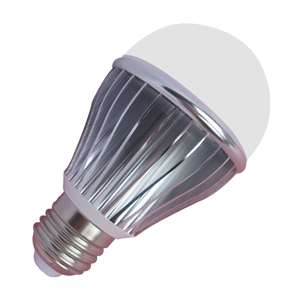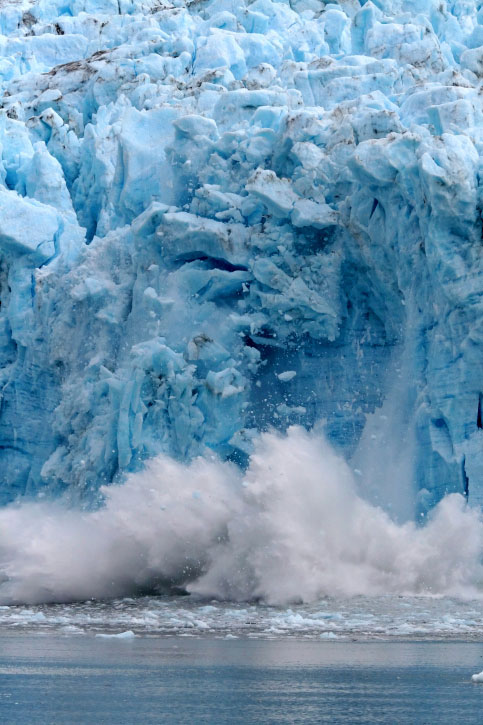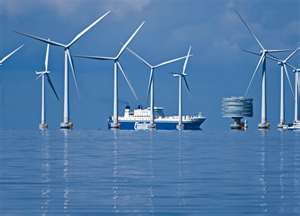 I see Canterbury University economist Eric Crampton politely disagrees with my post on the failure to ban incandescent light bulbs. I’d like to comment on a couple of the points he raises. The first concerns the non-priced carbon embodied in the production and distribution of fluorescent and LED bulbs, and the possibility that it may be so large as to negate the advantages of lower carbon emissions during the lifetime of the bulbs.
I see Canterbury University economist Eric Crampton politely disagrees with my post on the failure to ban incandescent light bulbs. I’d like to comment on a couple of the points he raises. The first concerns the non-priced carbon embodied in the production and distribution of fluorescent and LED bulbs, and the possibility that it may be so large as to negate the advantages of lower carbon emissions during the lifetime of the bulbs.
Crampton admitted he had no clue, but assumed that the more complex efficient bulbs would have a higher carbon footprint in their manufacture than the incandescents. However, he allowed that the longer life of the efficient bulbs probably gave them the overall advantage. I had no clue either, though I’m familiar with the need to take embedded carbon into account when making comparisons and guess I assumed that was not something that had been overlooked in the advocacy of CFLs and LEDs. However I had a look to see what I could find, and came across this assessment of CFLs from a writer initially inclined to be sceptical about them, and this report on LEDs. It doesn’t look to be an issue.

 I hope the New Zealand Government feels shamed by the
I hope the New Zealand Government feels shamed by the  Climate Change Minister Tim Groser gave a substantial and intelligently argued
Climate Change Minister Tim Groser gave a substantial and intelligently argued  Two wind energy items arrived in my inbox in close proximity recently. One was from the NZ Wind Energy Association (NZWEA) congratulating Meridian Energy on turning the first sod at Mill Creek wind farm in the Ohariu Valley north-west of Wellington. It’s a 60 megawatt farm of 26 turbines. The project will cost $169 million and is expected to be commissioned by mid-2014. It will increase NZ’s installed wind capacity from 623 megawatts to 683 megawatts.
Two wind energy items arrived in my inbox in close proximity recently. One was from the NZ Wind Energy Association (NZWEA) congratulating Meridian Energy on turning the first sod at Mill Creek wind farm in the Ohariu Valley north-west of Wellington. It’s a 60 megawatt farm of 26 turbines. The project will cost $169 million and is expected to be commissioned by mid-2014. It will increase NZ’s installed wind capacity from 623 megawatts to 683 megawatts. Geoff Simmons and Gareth Morgan, with help from John McCrystal, have produced a book which one hopes will be read by many New Zealanders.
Geoff Simmons and Gareth Morgan, with help from John McCrystal, have produced a book which one hopes will be read by many New Zealanders.